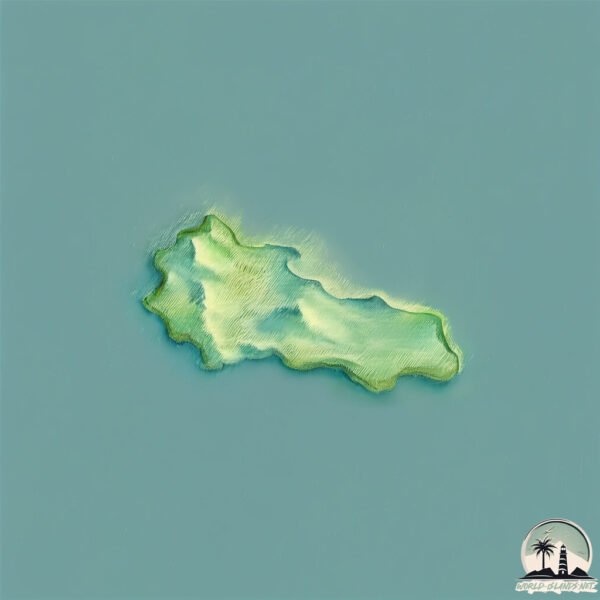Maldo

Welcome to Maldo, a Continental island in the Yellow Sea, part of the majestic Pacific Ocean. This guide offers a comprehensive overview of what makes Maldo unique – from its geography and climate to its population, infrastructure, and beyond. Dive into the details:
- Geography and Size: Explore the island’s size and location.
- Climate and Weather: Weather patterns and temperature.
- Topography and Nature: Uncover the natural wonders of the island.
- Infrastructure and Travelling: Insights on reaching, staying, and making the most of your visit.
- News and Headlines: Latest News.
Geography and size of Maldo
Size: 1.553 km²
Coastline: 7.5 km
Ocean: Pacific Ocean
Sea: Yellow Sea
Continent: Asia
Maldo is a Small Island spanning 1.6 km² with a coastline of 7.5 km.
Archipel: –
Tectonic Plate: Eurasia – One of the world’s largest tectonic plates, the Eurasian Plate covers a significant portion of Europe and Asia. It’s characterized by diverse geological features, including the Ural Mountains, the European Plain, and the Himalayas formed from its collision with the Indian Plate.
The geographic heart of the island is pinpointed at these coordinates:
Latitude: 37.68642555 / Longitude: 126.13194608
Climate and weather of Maldo
Climate Zone: Continental
Climate Details: Monsoon-Influenced Hot-Summer Humid Continental Climate
Temperature: Hot Summer
Climate Characteristics: Hot summers with monsoon rains, contrasting with dry, cold winters. Typical of east Asian continental edges.
Topography and nature of Maldo
Timezone: UTC+09:00
Timezone places: Asia/Tokyo
Max. Elevation: 31 m
Mean Elevation: 22 m
Vegetation: Sparse Vegetation
Tree Coverage: 92%
The mean elevation is 22 m. The highest elevation on the island reaches approximately 31 meters above sea level. The island is characterized by Plains: Flat, low-lying lands characterized by a maximum elevation of up to 200 meters. On islands, plains are typically coastal lowlands or central flat areas.
Dominating Vegetation: Sparse Vegetation
These regions have limited plant growth, typically due to extreme conditions like aridity or poor soils. Vegetation is scattered and consists of hardy plant species. Maldo has a tree cover of 92 %.
Vegetation: 4 vegetation zones – Diverse Island
Four distinct vegetation zones mark these islands as ecologically diverse. They might feature varied landscapes such as forests, beaches, grasslands, and rocky areas. Such diversity reflects the island’s complex ecological interactions and varied habitats, which can support a rich array of wildlife and plant species.
Infrastructure and Travelling to Maldo
Does the island have a public airport? no.
There is no public and scheduled airport on Maldo. The nearest airport is Incheon International Airport, located 42 km away.
Does the island have a major port? no.
There are no major ports on Maldo. The closest major port is INCHON, approximately 58 km away.
The mean population of Maldo is 126 per km². Maldo is Moderately Inhabited. The island belongs to South Korea.
Continuing your journey, Gydongdo is the next notable island, situated merely km away.
말도 바다수영 몽돌해변 조약돌소리 파도소리 Maldo island swimming



South Korea is classified as Emerging region: MIKT: Mexico, Indonesia, South Korea, and Turkey – Economies recognized for their development potential and emerging market status. The level of income is High income: OECD.
News – Latest Updates and Headlines from Maldo
Stay informed with the most recent news and important headlines from Maldo. Here’s a roundup of the latest developments.
Please note: The data used here has been primarily extracted from satellite readings. Deviations from exact values may occur, particularly regarding the height of elevations and population density. Land area and coastline measurements refer to average values at mean high tide.
